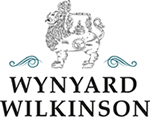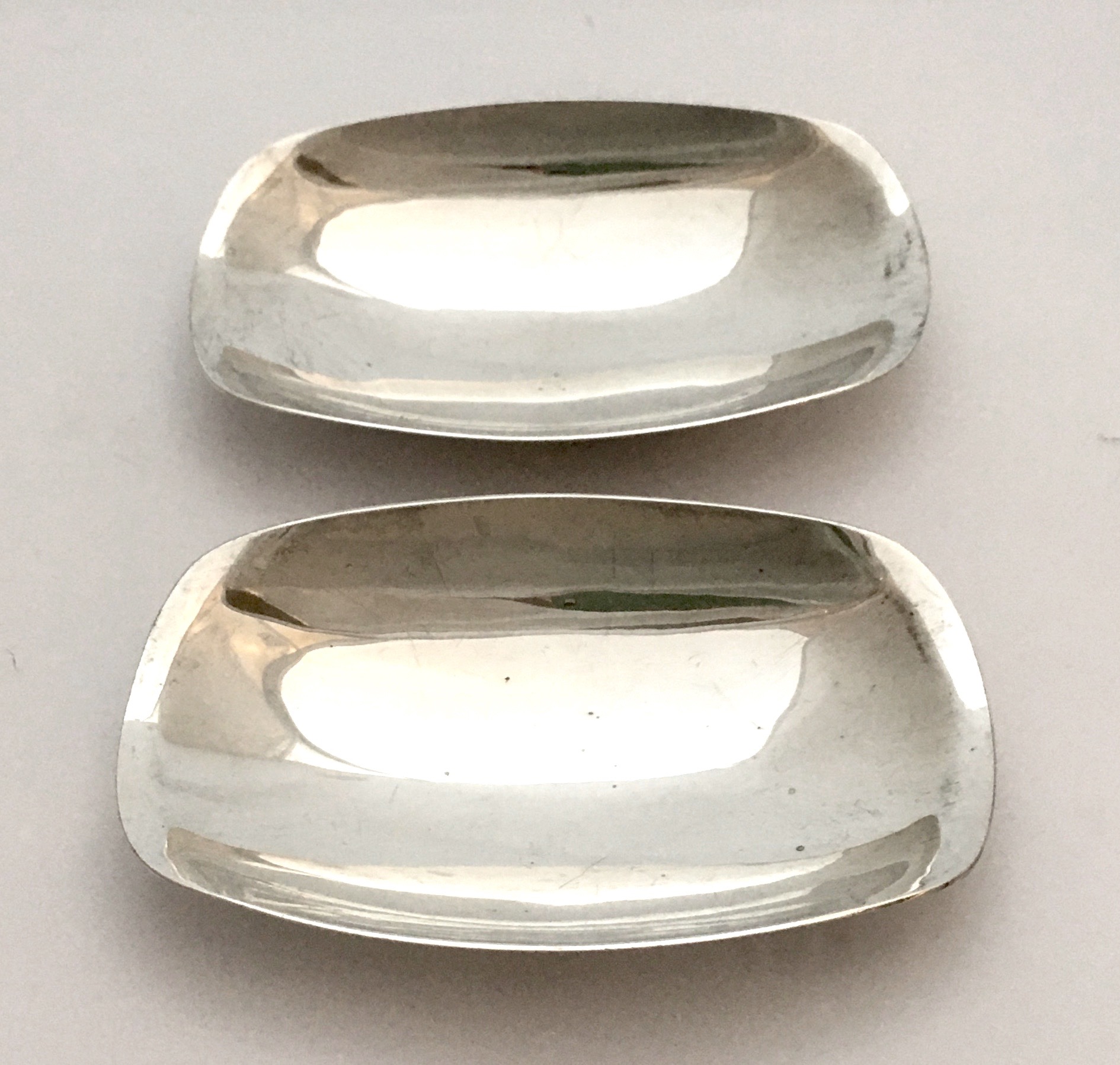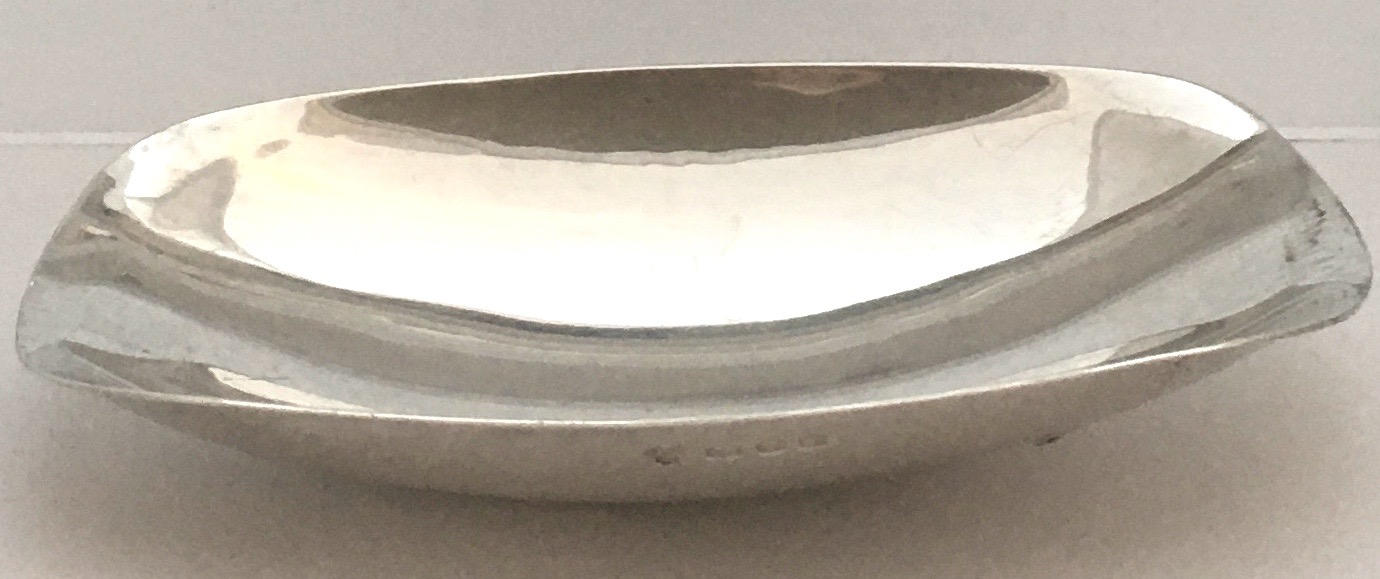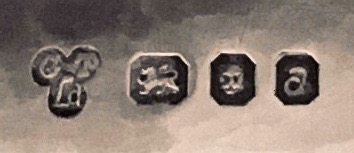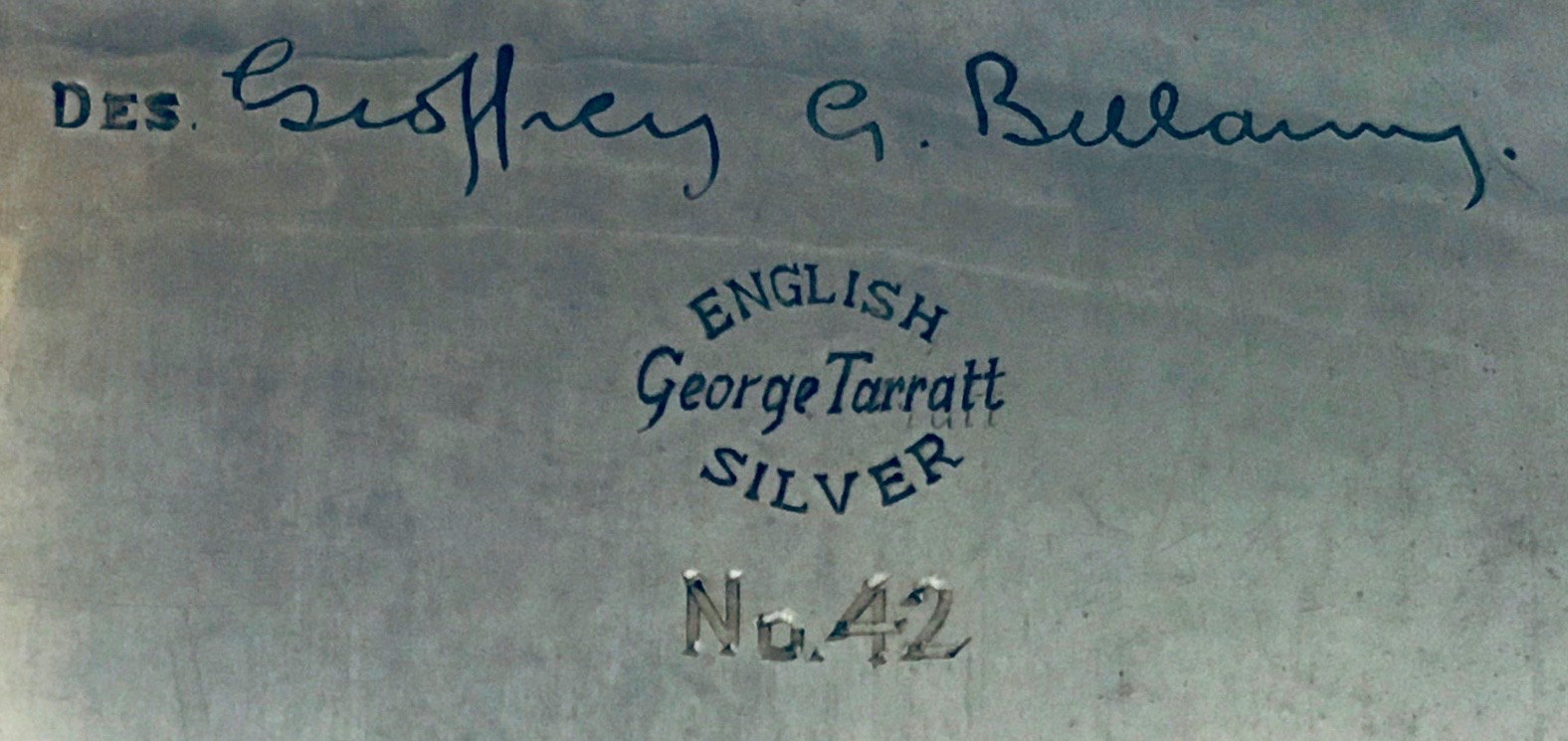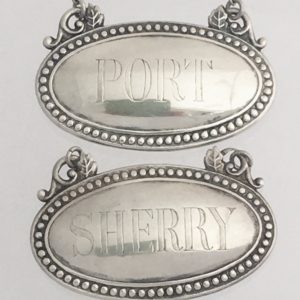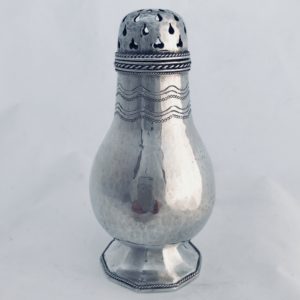Description
Two shallow, hand sunk and planished, rocker dishes of double-curved rectangular form, the narrow sides very slightly everted. The dishes are undecorated.
Dimensions & Weight:
Length: 10.5 cm / 4 1/8 in.; Width: 6.6 cm. / 2 5/8 in.; Depth: 2 cm. / ¾ in.; Weight (ea): 53 gm. / 1.7 oz. T
Hallmarks:
The dishes are marked on the outer face on one side near the rim with the maker’s mark ‘G T’ upon ‘Ld’, in plain serifed letters within a trefoil punch, for George Tarratt; a Lion Passant (Sterling); a Leopard’s Head and lower case script ‘a’ (London, 1956-7). On the opposite side, also on the outer face, is the engraved facsimile signature of the designer: ‘DES. Geoffrey G. Bellamy.’, below which is stamped an oval trademark of ‘English Silver’ surrounding the name ‘George Tarratt’. Below this is the edition number of each item: ‘No. 36’ and ‘No. 42’.
Geoffrey Guy Bellamy (1922 – 1997)
Geoffrey Bellamy was born in Birmingham in 1922. After early aspirations towards farming, he became interested in flying, joined the RAF at 18 in 1940 and served throughout WW II on Lancasters and in the Pathfinder Force, winning the Distinguished Flying Medal and Bar, as well as the Distinguished Flying Cross. After the war, he studied at the Birmingham College of Art from 1946-50, then at the Royal College of Art under Professor Robert Goodden, graduating in 1953 with a first-class degree – the first RCA student studying silver ever to do so. His period of study overlapped with those of Gerald Benney, Eric Clements, David Mellor and Robert Welch. Following his graduation, he worked on his own from a small workshop in Chelsea while designing pieces for George Tarratt (see more below). Like his peers, he was greatly influenced by Scandinavian design and, although evident, these dishes are also typical of the emerging contemporary post-war British design that is synonymous with Bellamy’s work. Most of his output was of a light gauge and mainly comprised items such as small bowls, dishes, ashtrays, candle holders and small beakers but the nut rocker dish, produced in different sizes, was a particularly popular line; indeed, three of them appeared in the RCA’s 1966 ‘Hallmark’ exhibition featuring the work of 500 past students. Bellamy designed for AE Jones in Birmingham during the late 1950s and early 1960s, winning a Design Centre Award in 1961 before moving into education from 1964. Following time at Sheffield College of Art, as Head of the Department of Three-Dimensional Design (Silversmithing), Bellamy became successively Deputy Principal, then Principal, of Canterbury College of Art. He went on to establish the Kent Institute of Art and Design, which eventually became a major part of the University for the Creative Arts.
Connection with George Tarratt Ltd.
George Tarratt, a manufacturing and retail jeweller and silversmith in Leicester, established the company under his name in 1913, gaining a reputation for supplying quality silverware. George’s son, Ivan, joined the company in 1936 after training with Wilson & Gill in London. He expanded the jewellery and watch lines as well as maintaining the company’s reputation for supplying top quality silverware but was unsuccessful in the mid-1950s in getting an agency for Georg Jensen jewellery to satisfy a growing demand. At some point after Bellamy established his Chelsea workshop, Ivan Tarratt approached him and asked him to design jewellery in the style of Jensen. While Bellamy was chosen because Ivan Tarratt was familiar with his designs, there was also a family connection through the cousin of Ivan’s wife who had served with Bellamy during the war. Primarily focused on jewellery, the business arrangement with Tarratt included his financial support of Bellamy’s workshop and possibly also the initiation of wider distribution of Bellamy’s small silver range. Being the ‘County Silversmiths’, Tarratt’s also gave Bellamy the opportunity to design silver, as there was a strong civic demand in the late 1950s. By 1960, however, the partnership had ended.
Adapted from: John Andrew and Derek Styles, Designer British Silver from studios established 1930-1985, (Woodbridge, Suffolk: Antique Collectors’ Club, 2015); pp. 21-22, 401 and 466-473.
